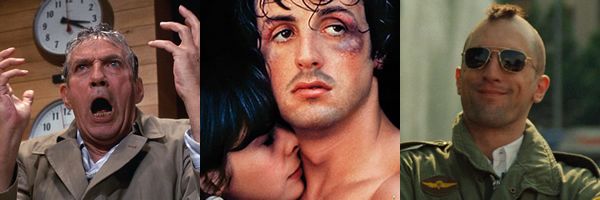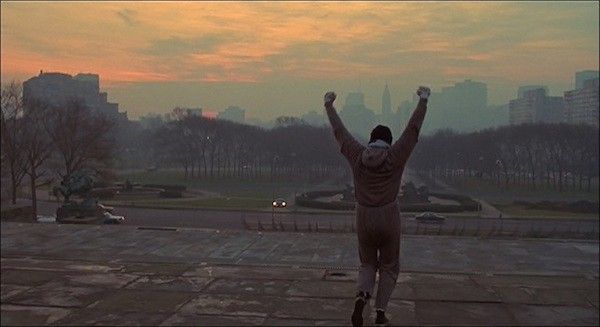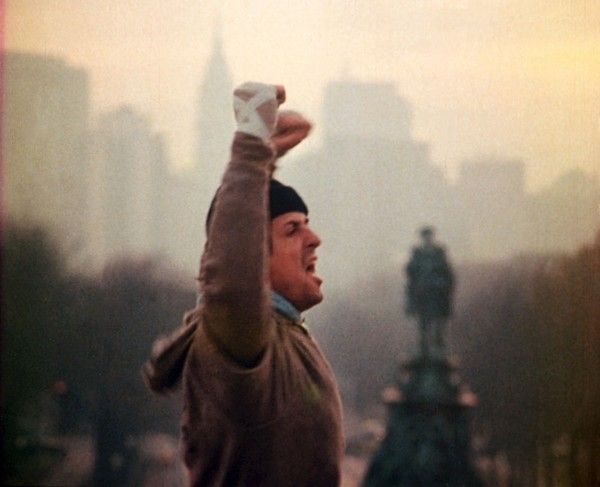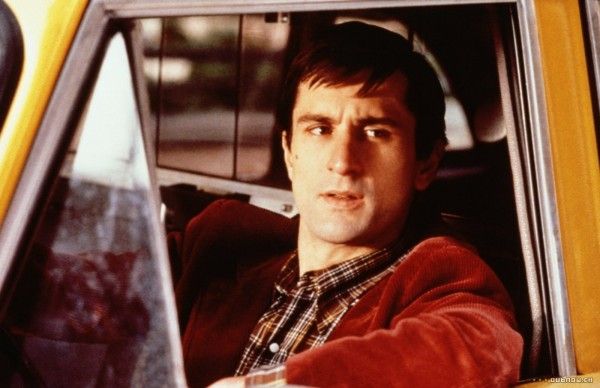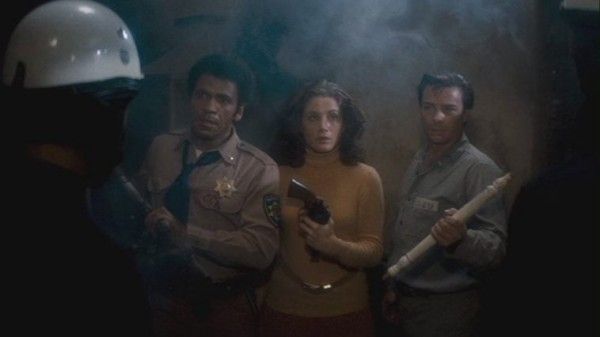Welcome to our latest recurring feature, The Year in Film! So much of our coverage is devoted to the here-and-now of movies, and that’s all well and good. We’re still going to be bringing you that coverage. But we also love film history, so we thought it would be good to do a weekly series where we look back at a random year and design what made it special. That includes looking at the top-grossing movies, the Oscar winners, and some gems that you should put on your radar.
This week we’re headed to 1976. Let’s kick things off with the top-grossing movies:
Top 10 at the Box Office
1) Rocky - $117 million
2) To Fly! - $86 million
3) A Star is Born - $80 million
4) All the President’s Men - $70 million
5) The Omen - $60 million
6) In Search of Noah’s Ark - $55 million
7) King Kong - $52 million
8) Silver Streak - $51 million
9) The Enforcer - $46 million
10) Midway - $43 million
The standouts here aren’t the uplifting Oscar-winner (Rocky), the horror film (The Omen), the timely drama (All the President’s Men), the blockbuster (King Kong), or the comedy (Silver Streak), but To Fly!, a documentary about the history of flight (it was the highest-grossing documentary until 2004 when Fahrenheit 9/11 came along) and In Search of Noah’s Ark, an indie documentary that tried to use science to prove Christian theology.
Oscar Winners
- Best Picture: Rocky
- Best Director: John G. Avildsen, Rocky
- Best Actor: Peter Finch, Network
- Best Actress: Faye Dunaway, Network
- Best Supporting Actor: Jason Robards, All the President’s Men
- Best Supporting Actress: Beatrice Straight, Network
It’s hard to argue with one of the best sports movies of all-time taking home Best Picture even if it did beat out heavy hitters like Network, All the President’s Men, and Taxi Driver. The other remarkable thing here is that three out of four categories went to actors from one movie, a feat that hasn’t been completed before or since. Finch also became the first actor to win an Oscar posthumously.
History
1976 is a pivotal year because it basically marks the end of Hollywood’s Second Golden Age. This age began back in 1967 with films like The Graduate, Bonnie and Clyde, and the death of the Production Code, and ended with the birth of the blockbuster, birthed by Jaws (1975) and Star Wars (1977). That’s not to say it’s a good or bad thing, but simply that Hollywood changed from primarily making auteur-driven, challenging movies like Taxi Driver and The Godfather to blockbuster fare. One kind of movie isn’t inherently better than the other, but the change is unmistakable moving forward. To argue otherwise would be to say that the films of the 80s were no different that the films of the 70s.
Classics
Assault on Precinct 13 - John Carpenter created a fairly brilliant remake of Rio Bravo with his action-thriller.
The Bad News Bears - Yes, 1976 is known for another sports movie, but Bad News Bears is a classic in its own right.
Carrie - Brian De Palma is at the top of his game here, and he created what’s easily one of the best Stephen King adaptations.
Harlan County, USA - An astounding documentary, and a tribute to what protest movements can accomplish against big business.
The Man Who Fell to Earth - While it didn’t do much for me, it would be foolish to overlook Nicolas Roeg’s unnerving, humanistic sci-fi film with a perfectly cast David Bowie as an alien.
Network - It’s kind of amazing this one didn’t land in the Top 10. Unfortunately, the movie becomes more relevant with every passing year. Thankfully, it’s riveting from start to finish. While many call attention to “I’m mad as hell, and I’m not going to take it anymore,” Ned Beatty’s scene is the showstopper.
The Outlaw Josey Wales - While not as good as Eastwood’s westerns with Sergio Leone (and not many are), this is still a well made, and mean-as-hell picture that sits well alongside Hang ‘Em High.
Taxi Driver - We all know this is a classic, and the way it mirrors different decades in different ways only adds to its disturbing power. A monument of cinema, it’s hard to believe it was only Scorsese’s fourth feature.
The Tenant - A Roman Polanski movie that’s deeply disturbing. No, not that one. No, not that one either. The one where he plays the lead.
The Town that Dreaded Sundown - The horror and comedy sit awkwardly side by side (similar to Wes Craven’s Last House on the Left), but the horror scenes are particularly effective as they help give birth to the slasher genre.
Next week: 1999
Previous Entries:

